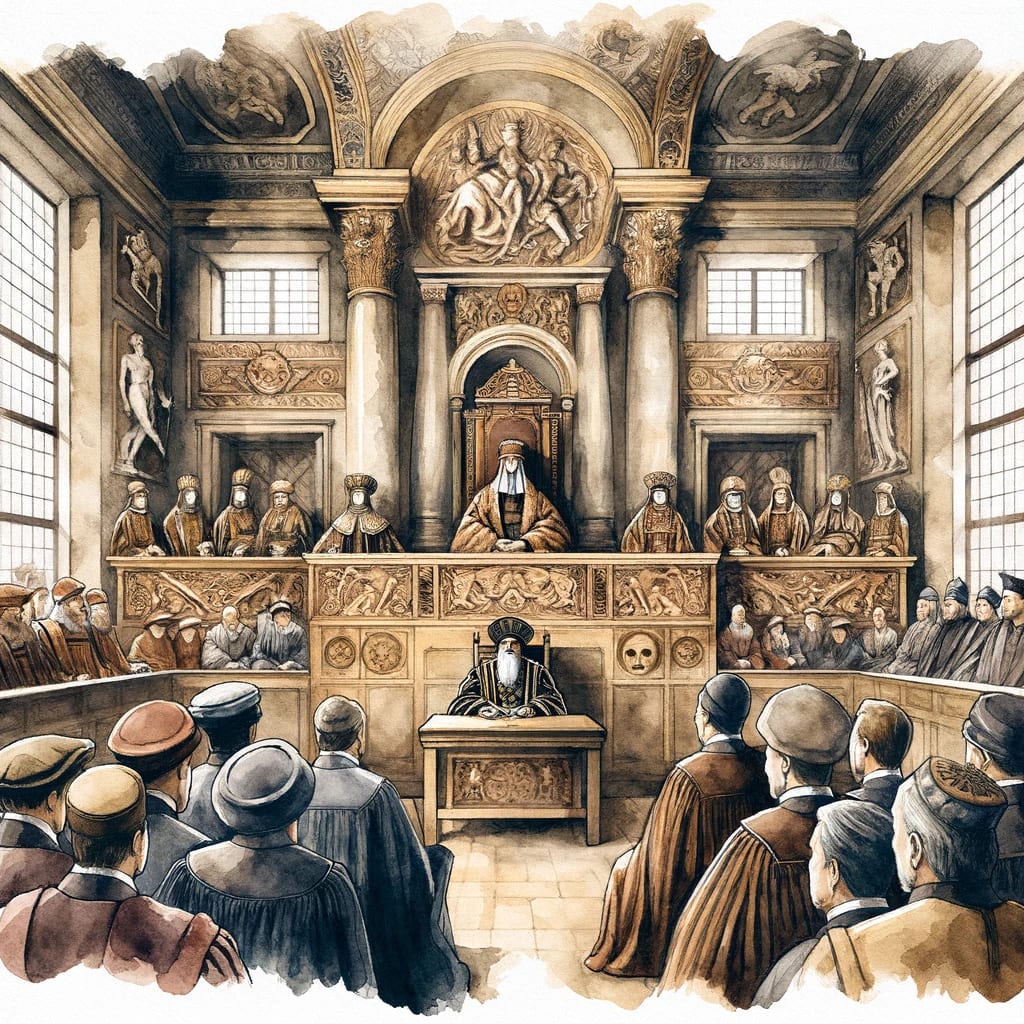Uncertain
The uncertain-certain-uncertain sandwhich
Viewed in one way, everything we have ever experienced is uncertain. We may impose certainty upon it, but the very need to do so underlines the fact that in actuality, certainty doesn’t exist. Think about it. We want to be certain about our career path, our choice in partner, where we settle down. Even the physical laws change–for hundreds of years science claims one form of reality to be the truth, only for a new discovery or insight to be seemingly mutually exclusive to the prior rendering.
But if it is the case that we have only ever experienced uncertainty, then how do we have a concept for it? Put another way–if we are fish, how can we see the water?
Let’s take a step back, and explore the roots of the word. Uncertain comes from certain (the prefix un ascribes a ‘not’), which is defined as ‘determined, fixed,’ from the Latin certus ‘determined, resolved, fixed, settled,’ of things whose qualities are invariable, as well as ‘placed beyond doubt, true, to be depended on.’
This is where things get interesting. The Latin verb comes from the PEI root *Krei, which means ‘to sieve,’ meaning ‘to discriminate, distinguish.’ This root also forms the Greek Krisis, ‘turning point, judgement, result of a trial.’
Isn’t it lovely that the root for certain and the root for crisis are the same?
We’ve taken a few steps down, so now let’s try to claw our way back up and make sense of what all of this could mean. We can start with the verb–and image–of sieving. To sieve is to put the entirety of a material inside a mechanism whose purpose is to separate the parts of it. In the literal case of a sieve, it is by size. But in the etymological sense, we can assume that to sieve is also used intellectually, as a delineation or discrimination between different ‘kinds.’
That is why it makes sense as the root of the Greek Krisis, which has the meaning of judgement, or result of a trial. The two sides argue their case, the evidence is ‘sieved’ into different buckets, and a judgement is made, a turning point occurs in which the both-andness of a character is pushed into a singular rendering. (Before the trial, the defendant is classified in the liminal space of both innocent and guilty, a question mark. Presumably, for there to be a trial, there are coherent arguments to be made that justify both positions, and yet the result is to strip away the both-ness and judge the person to be one or the other. This is particularly acute in the case of a trial, but is also the case in all judgements: it is the process by which we eliminate the multiplicity of being into singularity, whether or not that singularity is true).
What I like about the sense of words used here at the root–to discriminate, turning point–is that each of them presuppose uncertainty or multiplicity. We cannot discriminate or make a judgement unless we are first faced with multiple options. We cannot be ‘certain’ unless we first have the means or matter to be uncertain about (and even then, it’s not so clear how or what certainty even means). The result is a kind of uncertain-certain-uncertain sandwich. This follows the etymology of the word: uncertain is built off of certain (it simply attaches a prefix), but certain’s roots go back to an ‘uncertain’ concept.
We can see in the scaffolding of this etymology our nature as human beings, scrabbling around for a toehold, for something to anchor ourselves to. We can also see the first shoots appearing out of the seed of ‘krisis.’ But we can also take some comfort here: what if crisis was not in fact the overturning threat we perceive it to be, and instead treated as nothing more or less than a turning point, another moment in which we are reminded of the inevitable uncertainty we live in, of the fact that we are ingenious, creative beings who have fabricated certainty not out of anything we’ve ever experienced, but simply as the contrast to what we do, actually, know?



